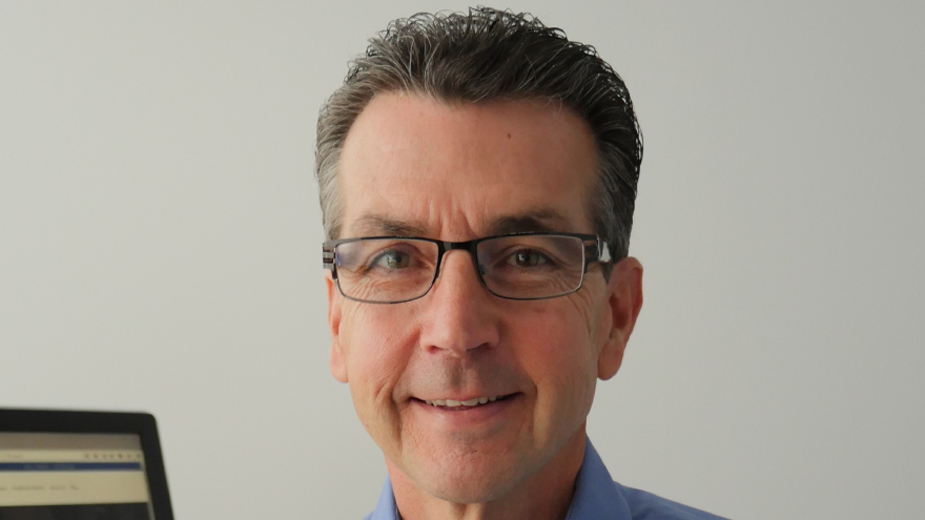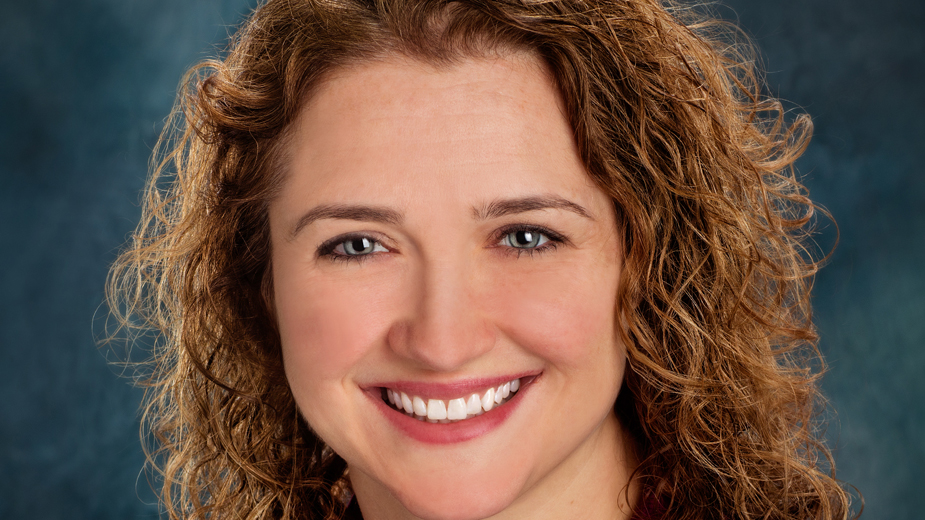Minimizing Costs, Maximizing Employee Benefits
Bob Gearhart Sr., partner at DCW Group in Boardman, says the most common challenge his clients face is the cost of providing employee benefits.
“Even though employee benefits are a top-two or three expense, in many cases it’s no longer considered a benefit by employees,” Gearhart says. “The rising cost of health care, which has led to an increased cost of insurance, has left many employees functionally uninsured.”
What do you mean by functionally uninsured?
Bob Gearhart Sr., partner at DCW Group: For years, advisers and employers have tried to contain costs by increasing deductibles, co-payments and out-of-pocket maximums. However, according to a recent Bankrate study, 61% of Americans could not afford to pay an unexpected $1,000 expense without having to enter some form of debt.
In the event of a medical emergency, many employees cannot afford to pay their increasingly high deductibles. Employees pay a considerable amount out of their checks for plans that they ultimately can’t afford to use when an emergency arises. This causes frustration for employers and employees alike since both sides are investing more and more each year but feeling like they’re getting less.
How do you help employers and employees maximize their benefit plan?
Gearhart: We can all agree that in any benefit plan today there is current use and optimal use. What I mean by optimum is that every service would be performed by the highest quality, lowest cost provider. Our job is to build high performance benefit plans, processes and protocols that drive our clients and their employees closer to optimal use.
I attended a great event at the Covelli Centre in March about the quality providers in the Valley. The problem is not access to quality providers, rather that when employees experience a major medical event, they’ve been conditioned through advertising, family norms and other avenues to immediately leave for Cleveland or Pittsburgh for care.
As an example, we know that The Surgical Hospital at Southwoods has equal or better quality scores both in the aggregate and across numerous procedures than the large health systems in Cleveland and Pittsburgh. In addition to their quality scores, Southwoods is performing these procedures at a fraction of the cost of those competitors in Cleveland and Pittsburgh. Our job is to find these types of facilities and use the tools at our disposal to drive care to them when they are the highest quality, lowest cost providers.
These strategies do require collaboration between providers, third-party administrators, insurers, employers, employees and advisers, but the long-term results are better benefits at a lower cost.
That doesn’t sound like the way insurance works today.
Gearhart: The reality is that the insurance products are irrelevant when it comes to controlling cost. According to Tom Emerick, author of Cracking Health Costs and consultant to Fortune 100 employers, approximately 6% of members drive 80% of the claims cost in any form of medical insurance. The 2018 annual out-of-pocket maximum is $7,350 for a single person. If we had a group of 100 people spending $1 million in annual claims, that means six people would drive 80% of the total cost, or $800,000. The maximum these individuals would pay for their claims is $44,100 or 4.4% of the annual claims expense. It’s just math. Insurance is not the problem and insurance is not the solution.
So what is the solution?
Gearhart: Providers and the insurance companies understand the health-care supply chain better than traditional insurance brokers and employers. Insurance brokers who bounce clients from one fully insured product to another fully insured product are nothing more than commodity traders. Frankly, employers could do that on their own and save the commissions they’re paying.
Insurance is financing a risk transfer. When your broker’s plan is to change the plan design or add a health savings account, it’s like suggesting the solution to your home’s foundation crumbling is changing the type of mortgage you have. It doesn’t make sense and hasn’t worked for years.
Managing the health-care supply chain should be the sole focus of both employers and advisers. We tie our compensation directly to our ability to lower costs through supply chain management. As an employer, if 80% of your expense is coming from claims and we can measure these expenses, why wouldn’t you demand that your adviser’s compensation be tied to improving those measures?
What are your thoughts on the impact of Amazon, Berkshire Hathaway and JPMorgan Chase entering the health-care space?
Gearhart: Each of these businesses has been a major disruptor in its respective industry and the insurance industry better brace for a little disruption. In looking at the venture, the easy thing to conclude is that these three companies are tired of seeing one of their top-three expenses spiral out of control. However, if we dive deeper, each has identified a business model that will afford it a competitive advantage over traditional insurers.
Insurance carriers operate in three primary verticals: individual, Medicare and employer-sponsored coverage. Based on every article you read, insurance carriers are losing billions in the individual market and their margins are fixed in the Medicare vertical. This leaves only one place where these profits are coming from, employer-sponsored coverage.
The share prices of the four largest publicly traded insurance companies have increased between 325% and 735% since the passage of the Affordable Care Act. I suspect Amazon, Berkshire Hathaway and JPMorgan Chase view the high concentration of revenue in the employer-sponsored coverage vertical as a massive opportunity and competitive advantage. None of the companies in the joint venture need to rely on its health-care division to remain viable. The same cannot be said for insurance carriers.
How do you help clients adjust to the many changes occurring?
Gearhart: If they do not commit to change, the only strategy left with is one of hope, and hope is not a strategy. We used our client summit in February to present pertinent information about health-care supply chain management and review several successful case studies of clients in the audience.
Through this type of education, our clients have gained a greater insight into the problems with health care and how it impacts their business. This was perhaps the most thought-provoking summit we have hosted in the last five years and the engagement between our clients was amazing. Our clients know that their companies aren’t alone in changing health care for the better and have confidence in our team’s ability to manage the health-care supply chain through the benefits we design.
Tell me more about these client summits.
Gearhart: After the passage of the Affordable Care Act we felt the easiest way to disseminate information was via group meetings with all of our clients. Those meetings have grown into three educational events and two social events per year.
What has developed over the years is a forum for collaboration where our clients can work together to solve other challenges they face in addition to the information we share. Many people have become friends outside of these events and now our clients recognize friendly faces at the other meetings they attended.
Since we sat down early last fall, your company has had a lot of industry recognition. Please tell us about some of the exciting things happening at DCW Group?
Gearhart: We have been honored by the recognition that we’ve received, but I want to make clear that it’s a direct result of our team and our clients who refuse to accept the status quo.
In January, we attended the annual Ascend Leadership Summit, which is one of our industry’s premier conferences attended by the industry’s most innovative leaders. It is here that we are able to collaborate and share best practices with other elite advisers.
Each year at this event, the Association of Insurance Leadership presents six awards to industry innovators. As a result of our innovative approach to lowering client costs by managing the health-care supply chain, DCW Group received the Fast Ascent Award. DCW Group was also awarded the Growth Award in recognition of our firm’s impressive organic growth over the previous 12 months. This was the first time in the history of the AIL Awards that one firm earned two awards in a single year.
In February, on the heels of our recognition by the AIL, the editor of Employee Benefit Advisor magazine notified us that Bob Gearhart Jr. had been named a 2018 Rising Star in Advising. This recognition goes to the top 20 industry leaders nationally under age 35.
Most recently, in March we were notified by the editor of BenefitsPro Magazine that Bob Jr. and I had been nominated and advanced to the final five for 2018 Broker of the Year. The other four finalists represented larger markets in Florida, Georgia, Washington, D.C., and Texas. While we did not win the award this year, the work our team is doing for our clients and their employees is being recognized nationally.
In April, Bob Jr. was on the speaking faculty at the World Health Care Congress in Washington, D.C., where he educated employers and other advisers on health-care supply chain management, health care abroad and his trip to El Salvador and direct contracting with hospital systems.
You’ve been in the business for 35 years. What has you the most excited about the business right now?
Gearhart: The fact that our firm is nationally recognized as one of the foremost experts at managing the health-care supply chain is truly rewarding. Our ability to adapt to the evolving marketplace and client needs has been a hallmark of our firm since its inception and a legacy we take great pride in continuing. There is power in knowing that we can lower health-care costs while in most cases increasing the benefit plan for the member at the same time.
Copyright 2024 The Business Journal, Youngstown, Ohio.



